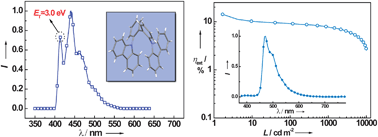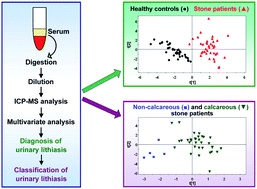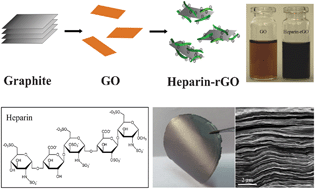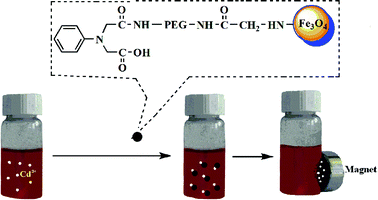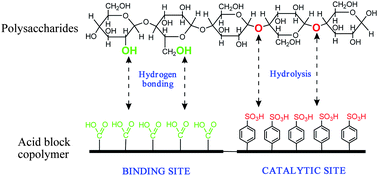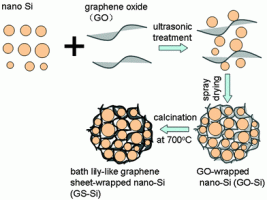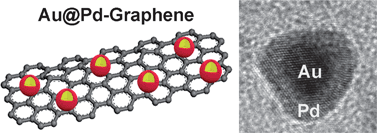‘Flaxseed gum beads can be used to remove oil from wastewater systems,’ claim Chinese scientists.
Flaxseed gum is a mixture of proteins and polysaccharides such as arabinose, rhamnose, fucose, xylose and others. Yu-Jie Fu and co-workers, at the Ministry of Education, Northeast Forestry University, Harbin, China, explain that the flaxseed gum beads can remove 0.55 g of oil per gram of beads. They showed that flaxseed gum beads have better adsorption capacities than activated carbon.
The flaxseed gum content in the immobilised beads was 30 mg per gram and oil removal was carried out with 2mm diameter beads at room temperature and pH of 7.5.
When investigating the removal of 1.0 kg of oil from oil–water emulsions by immobilized flaxseed gum beads v/s activated carbon. 1.82kg of flaxseed gum beads was required to remove 1.0kg of oil, costing only 2.67 RMB (chinese currency) compared to 2.17 kg of powdered activated carbon costing 43.40 RMB. Furthermore, the flaxseed gum beads is resuable allowing lower processing costs than traditional oil removal methods. Flaxseed gum bead technology holds great promise as an alternative environmentally-friendly method for oil removal from wastewater.
Read the full paper published in RSC Advances for free:
Oil removal from oily water systems using immobilized flaxseed gum gel beads
Jing-jing Long, Yuan-gang Zu, Yu-jie Fu, Meng Luo, Pan-song Mu, Chun-jian Zhao, Chun-ying Li, Wei Wang and Ji Li
RSC Adv., 2012, Advance Article
DOI: 10.1039/C2RA20375H, Paper
– Kathleen Too, Deputy Editor, RSC Advances












